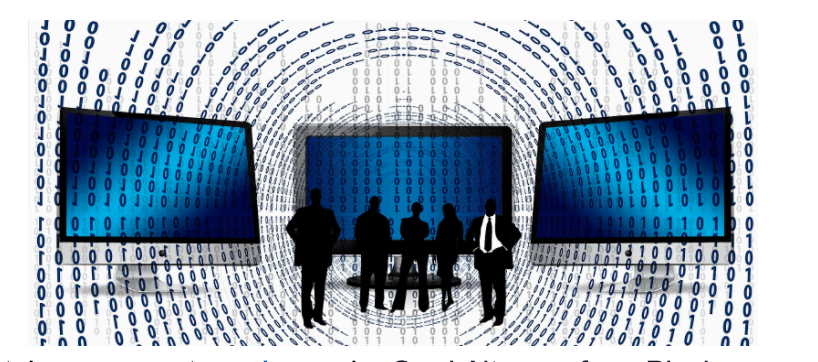4.5: Sidebar- The Difference between a Database and a Spreadsheet
- Page ID
- 9770
When introducing the concept of databases to students, they quickly decide that a database is similar to a spreadsheet. There are some similarities, but there are some big differences that we will review. A spreadsheet hopes to grow to a database one day.
Let's start with the spreadsheet. It is easy to create, edit and format. It is simple to use for beginners. It is made up of columns and rows and stores data in an organized fashion similar to a database table. The two leading spreadsheet applications are Google Sheets and Microsoft Excel. One of the very convenient things about spreadsheets is shared accessibility with multiple users. This is not the case with a database.
For simple uses, a spreadsheet can substitute for a database quite well. If a simple listing of rows and columns (a single table) is all that is needed, then creating a database is probably overkill. In our Student Clubs example, if we only needed to track a listing of clubs, the number of members, and the president's contact information, we could get away with a single spreadsheet. However, the need to include a listing of events and members' names would be problematic if tracked with a spreadsheet.
When several types of data must be mixed, or when the relationships between these types of data are complex, then a spreadsheet is not the best solution. A database allows data from several entities (such as students, clubs, memberships, and events) to be related together into one whole. While a spreadsheet does allow you to define what kinds of values can be entered into its cells, a database provides more intuitive and powerful ways to define the types of data that go into each field, reducing possible errors and allowing for easier analysis. Though not good for replacing databases, spreadsheets can be ideal tools for analyzing the data stored in a database. A spreadsheet package can be connected to a specific table or query in a database and used to create charts or perform analysis on that data.
A database has many similarities in looks of a spreadsheet utilizing tables that are made up of columns and rows. The database is a collection of structured raw material. The information is stored on the computer. A spreadsheet is easily editable with its rows and columns; this is not the case of a database. The database is formatted, so the field (column) is preconfigured. The database is also relational in that it has the ability to create relationships between records and tables. Spreadsheets and databases can both be edited by multiple authors. In a database, a log is created as changes are made. This is not the case with a spreadsheet. A spreadsheet is terrific for small projects, but a database would become more useful as the project grows.

Streaming
Streaming is a new easy way to view on-demand audio or video from a remote server. Companies offer audio and video files from their server that can be accessed remotely by the user. The data is transmitted from their server directly and continuously to your device. Streaming can be accessed by any device that connects to the internet. There is no need for large memory or having to wait for a large file to download. Stream technology is becoming very popular because of its convenience and accessibility. An example of some streaming services is Netflix, iTunes, and YouTube.
Other Types of Databases
The relational database model is the most used today. However, many other database models exist that provide different strengths than the relational model. In the 1960s and 1970s, the hierarchical database model connected data in a hierarchy, allowing for a parent/child relationship between data. The document-centric model allowed for more unstructured data storage by placing data into “documents” that could then be manipulated.
The concept of NoSQL (from the phrase “not only SQL”). NoSQL arose from the need to solve large-scale databases spread over several servers or even across the world. For a relational database to work properly, only one person must be able to manipulate a piece of data at a time, a concept known as record-locking. But with today’s large-scale databases (think Google and Amazon), this is not possible. A NoSQL database can work with data more loosely, allowing for a more unstructured environment, communicating changes to the data over time to all the servers that are part of the database. Many companies collect data for all sorts of reasons, from how many times you visit a site to what you are viewing at the site.


